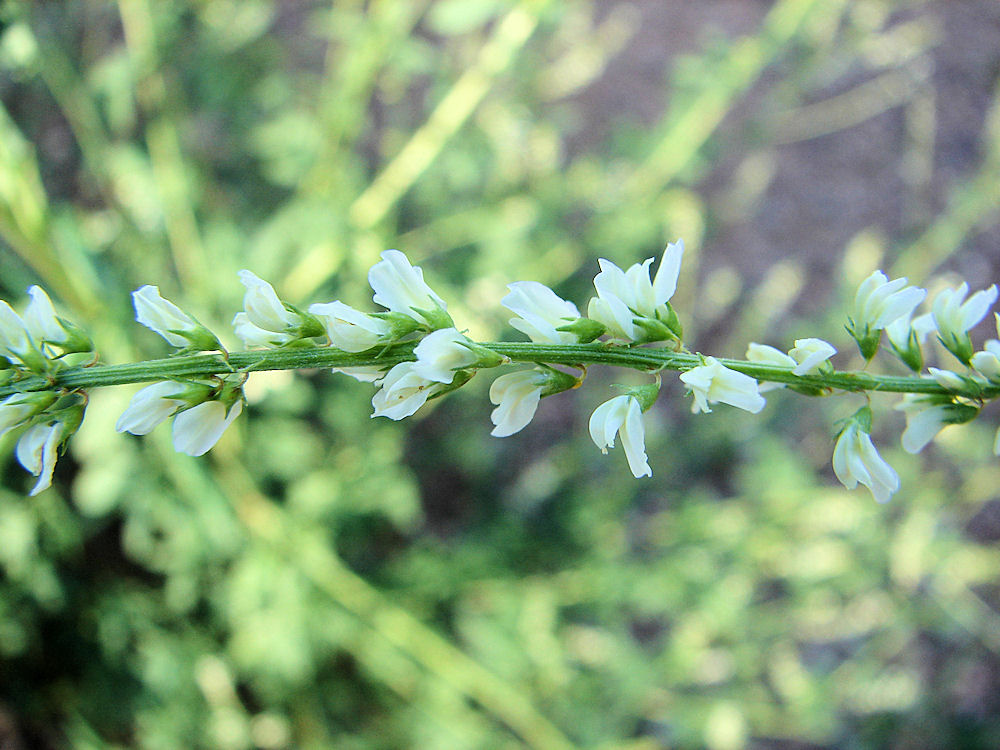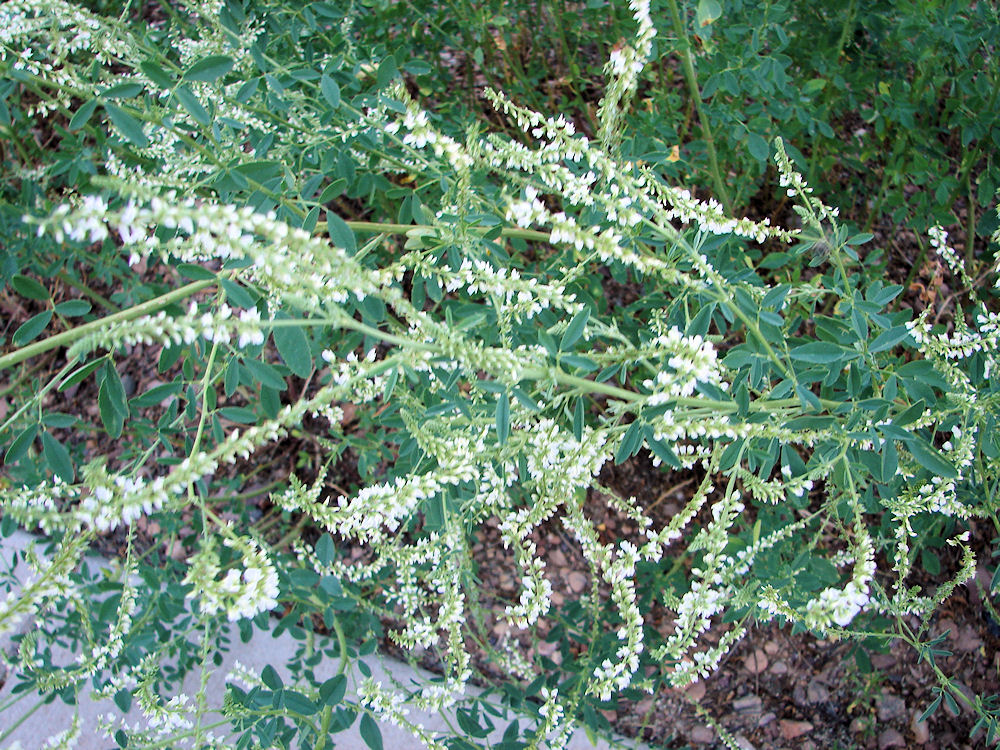Arizona Wild Flowers
Pictures, Photos, Images
Descriptions, Information, Reviews.
White Sweet Clover, Melilotus alba.
We Are Proud Of Our SafeSurf Rating!
Click On Any Of The Following Links By Amazon.Com
For Books, & Videos About Wildflowers Of Arizona & The Southwest USA. No Obligation!
 |
| White Sweet Clover, Melilotus alba. Photo Taken July 29, 2009. Willow Springs Lake Near Payson, Arizona. |
|---|
 |
| White Sweet Clover, Melilotus alba. Photo Taken July 29, 2009. Willow Springs Lake Near Payson, Arizona. |
 |
| White Sweet Clover, Melilotus alba. Photo Taken July 29, 2009. Willow Springs Lake Near Payson, Arizona. |
 |
| White Sweet Clover, Melilotus alba. Photo Taken July 29, 2009. Willow Springs Lake Near Payson, Arizona. |
White Sweet Clover.
We wish to thank Wikipedia, the free encyclopedia for some of the information on this page. We share images and information with Wikipedia. White Sweet Clover, is a legume sometimes grown for forage. The genus �meli� means honey, and the epithet �albus� means white and probably refers to the white color of the flowers. Melilotus alba is a major source of nectar for an apiary. Its characteristic sweet odor, intensified by drying, is derived from coumarin. White sweetclover has a fragrant vanilla scent and may be hung upside down as an air freshener. It is native to Europe and Asia. White Sweet Clover was introduced to North America in the 1600's for cattle forage purposes and it is now widespread throughout Canada, the United States, & Mexico, where it has become invasive and can out-compete native plant species. White sweet clover is a many-stemmed herbaceous plant which can grow up to 79 inches in height and can produce abundant amounts of seeds that readily float and disperse in the wind and water. This has allowed the plant to colonize natural habitat such as riparian areas all across much of North America. White sweet clover is considered a biennial weed or herb in Arizona. They germinate in the spring and spend the summer and winter in a rosette form, storing up food in thick roots, usually a taproot. Growth is resumed the next spring, producing a flowering plant which sets seeds, matures, and dies. It is commonly annual in colder areas of the world. However, White Sweetclover is considered a palatable and nutritious forage for all types of livestock, but may be potentially toxic if not cured properly when used for hay. Many species of wildlife also forage on white sweetclover, including elk, pronghorn antelope, bighorn sheep, deer, quail, partridge, and rabbits.
Quick Notes:
Height: 30 to 79 inches. Often only one upright, branched stem grows early in the sweetclover�s life, though it may develop up to ten glabrous green stems by second year.
Flowers: The inflorescence consists of about 40 to 80 white flowers with corollas usually 4 - 7 mm long and a green calyx about 1 - 2 mm long. The small flowers are arranged in terminal and axillary racemes, about 2 to 8 inches long.
Flowering Time: March through October.
Fruit: The fruit are small net-veined pods 3 � 5 mm long. Each pod contains 1 - 2 seeds with a hard seed coat, allowing them to maintain viability in the soil for over 20 years.
Leaves: Alternative, truncate and pinnate-trifoliate with narrow obovate to lanceolate-oblong leaflets containing margins which are serrated around the tip of the leaf that extends more than half-way back on either side to the base.
Found: Native to the USA (AK, AL, AR, AZ, CA, CO, CT, DC, DE, FL, GA, HI, IA, ID, IL, IN, KS, KY, LA, MA, MD, ME, MI, MN, MO, MS, MT, NC, ND, NE, NH, NJ, NM, NV, NY, OH, OK, OR, PA, RI, SC, SD, TN, TX, UT, VA, VT, WA, WI, WV, WY), USA+ (PR). Also found in Canada (AB, BC, LB, MB, NB, NF, NS, NT, ON, PE, QC, SK, YT). Also found in Denmark (GL). Also found in France (SPM). Also found in Mexico in northern Sonora, northern Chihuahua, Baja Norte, Baja California, & Coahuila.
Hardiness:
Soil pH requirements:
Sun Exposure:
Elevation: 100 � 7,500 Feet.
Habitat: Open, well lit, disturbed sites, such as roadsides, waste areas and along gravely streamsides.
Miscellaneous: Flowering Photo Taken July 29, 2009. Willow Springs Lake Near Payson, Arizona.
|
We Are Proud Of Our SafeSurf Rating!
Click On Any Of The Following Links By Amazon.Com
For Books, & Videos About Wildflowers Of Arizona & The Southwest USA. No Obligation!
| © 1966 - Present, Audrey, Eve, & George DeLange |